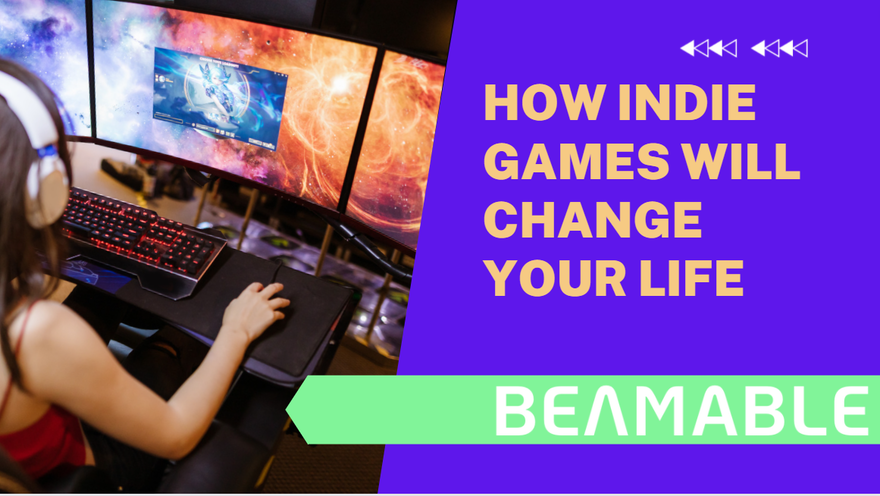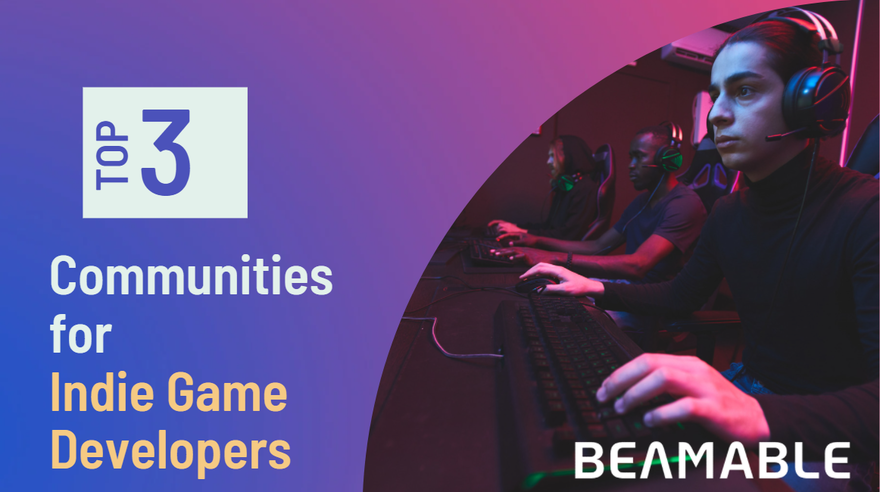The Many Ways to Monetize Your game

The Many Ways to Monetize Your game
Creating an outstanding game is a challenging process not to mention the complexity of monetizing and marketing your game to make it commercially successful. These days, there are a variety of methods to generate game revenue. We’ve assembled a quick list to perhaps give you some new ideas about how to turn your game into a business.
1. In-Game Ads
In-game advertising is probably the most common and effective way to monetize a game. By making your game free to download, it ensures access to as many players as possible can access your game experience. Then, when players are engaged, they pay with 5-30 seconds of their time to watch an ad and earn opportunities to extend their play through acquiring content, currency, or more playtime.
It’s also important to know that players recall in-app advertisements 47% of the time, attesting to the efficiency of these ads at driving new players into games. So don’t just use ads in your game, make sure you think about how you might invest in advertising in other games to drive players.
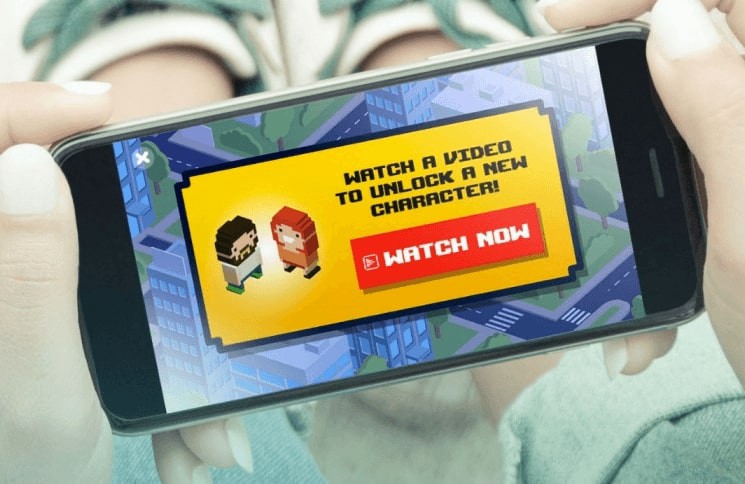
It is true that players generally dislike intrusive or irrelevant ads. As you design your game experience, think about utilizing ads in the places that make the most sense. For instance, don’t interrupt an important action moment. That will pull players out of the game flow. Instead, focus on important points of transition or resource acquisition between action moments. Too many ad requests too often will put players off.
If you’re using in-game ads as your monetization technique, be sure to choose the right ad networks and use ad mediation to maximize your revenue (we’ve talked about ad mediation later in this article, keep reading!)
There are broadly three types of in-game ads that you can pick from:
- Dynamic In-Game Ads: By far the most popular type of in-game ads, DIGAs allow media buyers to purchase geo-targeting capable, real-time advertisements inside of a game’s universe. The advertisements can appear anywhere in the game environment including billboards, posters, bus stops, or any other elements present in your game environment.
- Static In-Game Ads: Static in-game advertising takes the form of product placement inside of console, PC, and mobile video games. The advertisements are planned and integrated into a video game during its design and development stage, and therefore allow for much more customized integration.
- Advergames: Advergames go quite beyond just in-game advertising. Think of them as custom-built video games with the sole purpose of promoting a brand. These can be played on just about any platform, and range from a simple web-based mini-game to a full-fledged 3D game. Typically, an advergame’s storyline, gameplay, and environment will heavily promote the commissioning brand or product.
For more information, we suggest checking out this article over at SmartyAds to get more familiar with the In-game ad options: https://smartyads.com/blog/in-game-advertising-guide/
2. Rewarded Video Ads
Rewarded video ads are a form of In-Game advertising but are unique in that they are directly tied to providing a reward to the player for their attention.
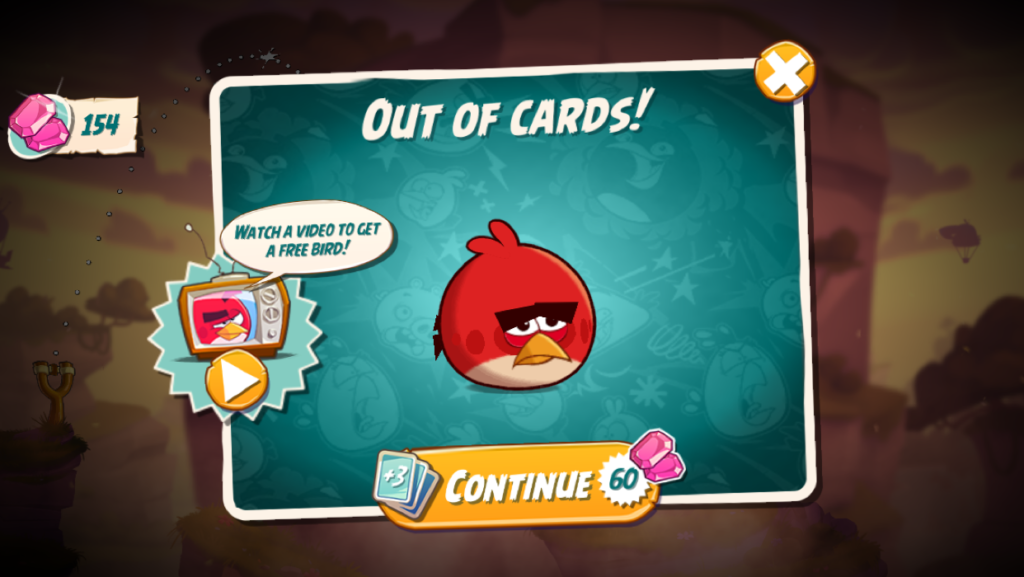
If your game is using virtual currency or virtual items, adding rewarded video is pretty straight forward. Rewarded video also works really well with games that have cooldown timers or general play timers to create scarcity. Out of all the In-game Ad formats, Rewarded Video has the highest return for game makers.
Check out the Google Admob resource to learn more about rewarded ads and how they can benefit your game! Here’s another resource for you to understand the intricacies of designing rewards ads so that you don’t miss out on anything!
3. Ad Mediation
Ad mediation is a monetization technique based on in-app ads. This method has improved and evolved over the years as more and more publishers and advertisers turn to use it.
Here’s how it works:
In order to maximize ad revenue, game publishers need to collaborate and work with different ad networks. However, as the number of the ad networks has grown, it’s become increasingly difficult to track and manage them all. This is where ad mediation comes in!
Ad mediation platforms allow you to add several advertising networks and work with them in a unified way. Think of such a platform as an intermediary between game devs, publishers, and ad networks.
Another benefit is that you need to integrate just one SDK for such a platform instead of integrating multiple SDKs for multiple ad networks.
Check out this comprehensive guide to understand everything about ad mediation, including how to add it to your game, and supported ad networks!
4. Data Monetization
Data monetization is a lesser known technique for monetizing your game. It involves the collection and transfer of game and player activity data from your game to a data aggregator.

It’s important to note that the data you’re collecting is not personal player data. Only non-personal data like country, device type, screen size, etc. is collected.
Data monetization works similar to ad mediation in that the more data collectors you work with, the greater revenue you’ll earn.
The more daily active users (DAU) you have, the more money you’ll earn from this technique. Keep in mind that for this technique to be truly effective, you’ll need to have more than 50k DAU.
Here’s an extremely content-rich guide on data monetization, along with a list of publishers that you can approach. Don’t forget to check it out!
5. In-App Purchases (IAPs)
The rise of In-App Purchases (IAPs) has dramatically changed the gaming landscape in the past few years. It allows you to keep your game free to maximize player reach but then set up a system of offers, stores and purchasing for players to buy and pay based on the level of engagement they want to have with your game world.
Getting the economy designed correctly and the pricing on offers and items correct takes a bit of design work. You’ll need a combination of inexpensive common items and expensive rare items so that there’s something for everyone. You’ll also need to create a LiveOps pipeline of content to ensure there is a steady stream of new content for the game.
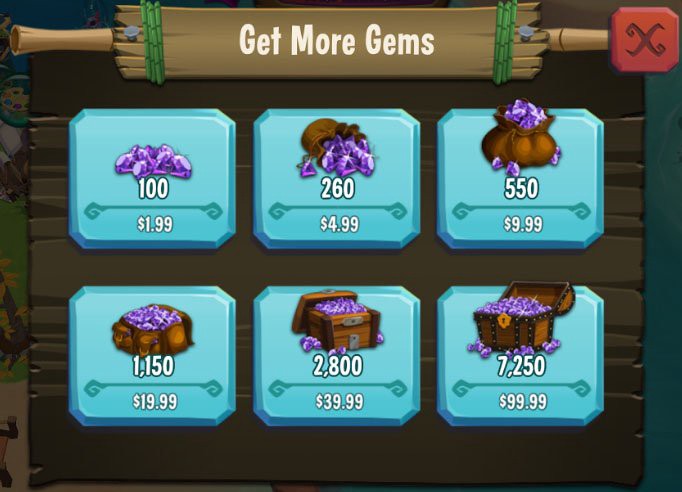
If in-game purchases are for you, you might want to check out Beamable- our low-/no-code tool allows you to create and target offers with real-money transactions and virtual currency purchases. Including limited-time offers, max purchase limits, cool-downs, and many more rich configurations. Check out our demo.
6. Paid Games
There will always be demand for paid games (also called Premium or Boxed Games). This is where you make your game, put a price on it, and players pay you one time to experience the content. This often works best for single player narrative driven titles where there is no expectation of endless play or ongoing expansion.
Setting pricing for your indie game is difficult. Here are two videos that you can watch to get an idea of different pricing levels you might want to use:
Which way to go?
Hopefully, this list is helpful at understanding all the options you have available to monetize a game. Which techniques work best will depend on the type of game and your overall goals.
Beamable offers a number of features to implement these approaches. Check us out. Maybe we can help?
Would you like to add to the above-listed items? Leave a comment!

